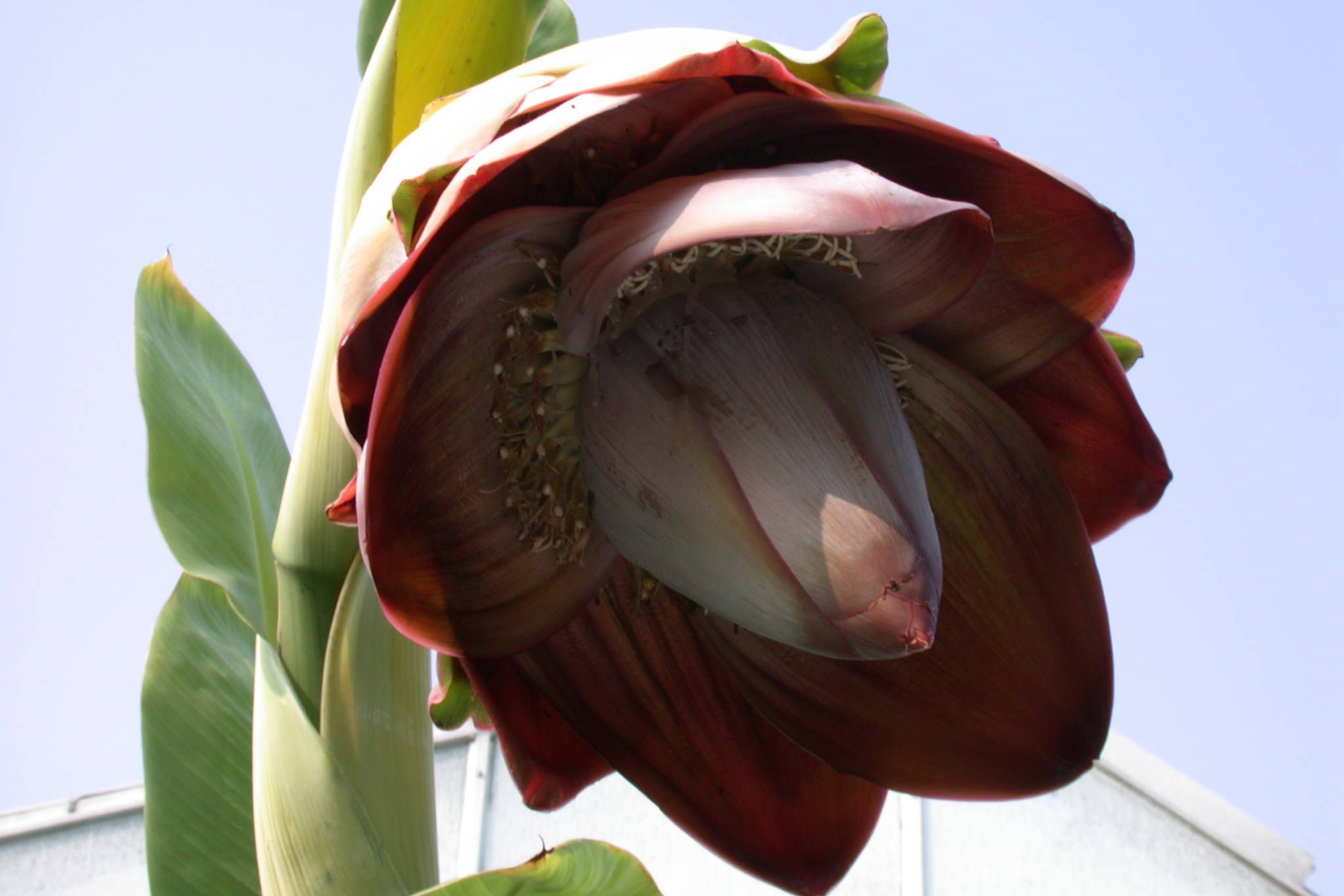
Ensete is a fascinating plant often mistaken for a banana tree. Native to Africa, this giant herbaceous plant has a unique role in both agriculture and culture. Unlike bananas, Ensete doesn't produce edible fruit. Instead, its starchy corm and pseudostem are vital food sources in Ethiopia, where it's known as "false banana." This drought-resistant plant thrives in harsh conditions, making it a reliable staple. Beyond food, Ensete leaves serve as natural packaging and roofing material. Its fibers are used for making ropes and mats. Curious about this versatile plant? Let's dive into 15 intriguing facts about Ensete!
Key Takeaways:
- Ensete, also known as the false banana, is a unique plant native to Ethiopia, with uses ranging from food to traditional medicine and cultural significance.
- Ensete cultivation has environmental benefits, such as soil conservation and carbon sequestration, making it a vital crop for sustainable agriculture in high-altitude regions.
What is Ensete?
Ensete, also known as the false banana, is a fascinating plant native to Africa. Unlike the common banana, Ensete is primarily grown for its starchy pseudostem and corm. Let's dive into some intriguing facts about this unique plant.
Ensete's Origins and Habitat
Understanding where Ensete comes from and where it thrives can give us insight into its importance and uses.
- Native to Ethiopia: Ensete is indigenous to Ethiopia, where it plays a crucial role in the diet and culture of the local people.
- Grows in High Altitudes: This plant flourishes in high-altitude regions, typically between 1,500 and 3,100 meters above sea level.
- Prefers Wet Climates: Ensete thrives in areas with high rainfall, making it well-suited to the wet highlands of Ethiopia.
Unique Characteristics of Ensete
Ensete stands out due to its distinct features and growth patterns.
- False Banana: Despite its banana-like appearance, Ensete is not a true banana. Its fruit is inedible and full of seeds.
- Massive Size: Ensete plants can grow up to 10 meters tall, with leaves reaching lengths of up to 5 meters.
- Long Lifespan: These plants can live for several years, often taking up to seven years to mature fully.
Uses of Ensete
Ensete is incredibly versatile, with various parts of the plant being used for different purposes.
- Staple Food: In Ethiopia, the pseudostem and corm are fermented to produce a starchy food called "kocho."
- Animal Feed: The leaves and other parts of the plant are used as fodder for livestock.
- Fiber Source: Ensete fibers are strong and durable, making them useful for making ropes, mats, and other items.
Cultural Significance of Ensete
Ensete holds a special place in the traditions and daily lives of many Ethiopian communities.
- Symbol of Fertility: In some Ethiopian cultures, Ensete is a symbol of fertility and prosperity.
- Traditional Medicine: Various parts of the plant are used in traditional medicine to treat ailments such as stomach issues and wounds.
- Ceremonial Uses: Ensete is often used in cultural ceremonies and rituals, highlighting its importance beyond just a food source.
Environmental Impact of Ensete
Ensete cultivation has several environmental benefits, making it an important crop for sustainable agriculture.
- Soil Conservation: The extensive root system of Ensete helps prevent soil erosion, maintaining soil health.
- Drought Resistance: Ensete is relatively drought-resistant, making it a reliable crop in areas with variable rainfall.
- Carbon Sequestration: Like many plants, Ensete absorbs carbon dioxide, helping to mitigate climate change.
Ensete is more than just a plant; it's a vital part of the ecosystem and culture in regions where it grows. Its unique characteristics and uses make it an essential crop for many communities.
Final Thoughts on Ensete
Ensete, often mistaken for bananas, holds a unique spot in the plant world. Native to Africa, this plant isn't just a food source but also a cultural symbol. Its large, paddle-shaped leaves make it a striking addition to gardens. Unlike bananas, ensete's fruit isn't edible, but its starchy corm is a staple in Ethiopian cuisine. This plant can grow up to 10 meters tall, providing shade and shelter. Ensete's resilience to drought makes it valuable in regions with unpredictable rainfall. It's fascinating how this plant, with its deep roots in history and culture, continues to be relevant today. Whether you're a gardener, a foodie, or just someone curious about unique plants, ensete offers something intriguing. So next time you see a plant that looks like a banana but isn't, you'll know it's probably ensete.
Frequently Asked Questions
Was this page helpful?
Our commitment to delivering trustworthy and engaging content is at the heart of what we do. Each fact on our site is contributed by real users like you, bringing a wealth of diverse insights and information. To ensure the highest standards of accuracy and reliability, our dedicated editors meticulously review each submission. This process guarantees that the facts we share are not only fascinating but also credible. Trust in our commitment to quality and authenticity as you explore and learn with us.


